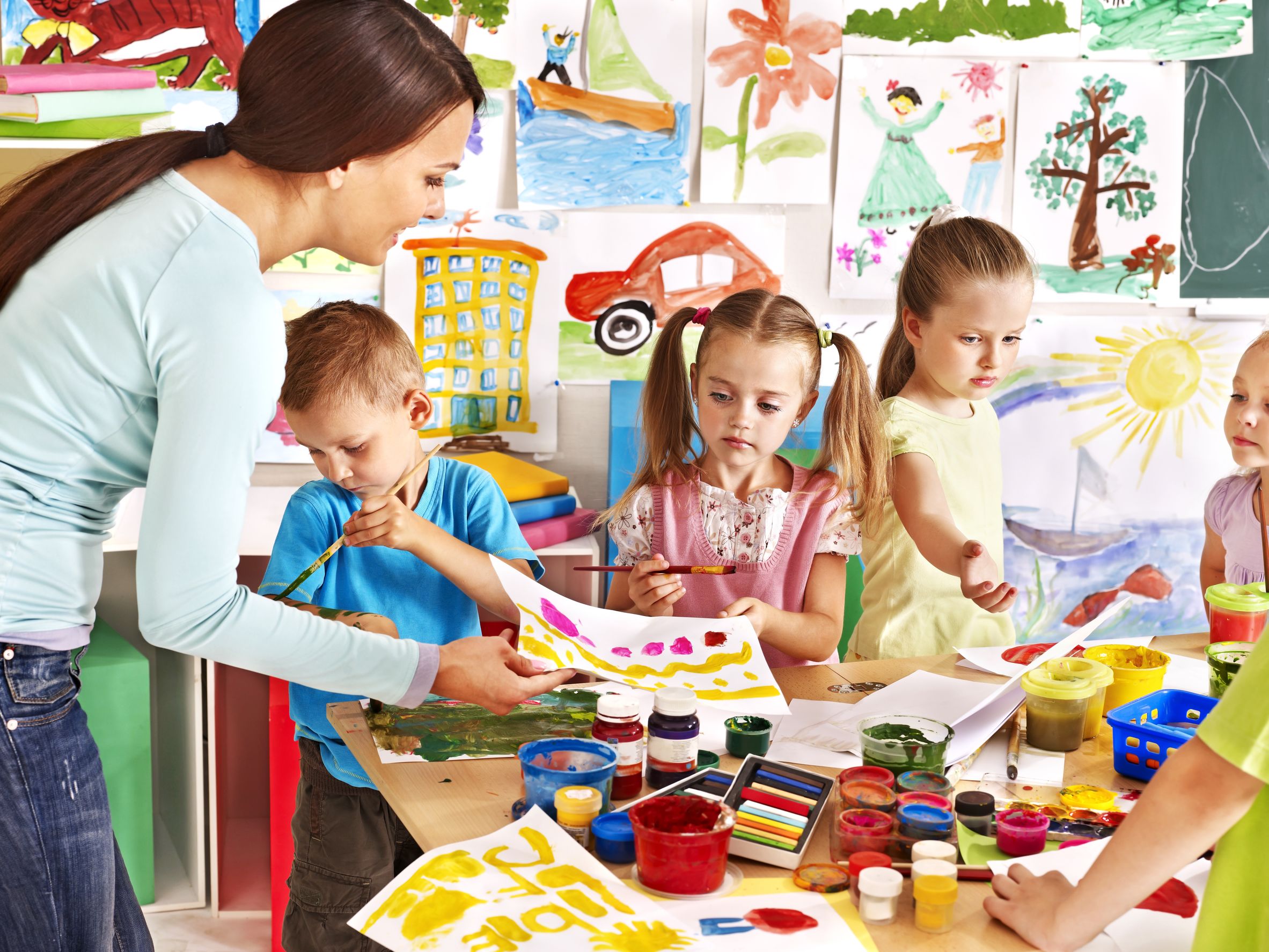Art is much more than a fun pastime for young children. For preschoolers, engaging in creative activities like drawing, painting, or working with clay plays a critical role in their emotional and social development. Artistic expression can help kids communicate, build self-confidence, and foster collaboration.
1. Emotional Expression Through Art
For young children, words are often not enough to express their complex feelings. Art provides a safe space where they can project their emotions. A simple painting can reveal how a child feels about an event or a relationship. For example, using colors like red or black might indicate anger or frustration, while bright colors like yellow can signify joy. This non-verbal form of expression is essential for developing emotional intelligence.
2. Building Confidence and Self-Esteem
When children complete a drawing or a craft project, they feel a sense of accomplishment. This helps boost their self-confidence, especially when they receive praise for their work. Each completed art project is a tangible representation of their effort and creativity, which reinforces the idea that their thoughts and feelings are valuable.
3. Social Skills Development Through Collaboration
Art also plays an essential role in helping preschoolers develop social skills. Group art projects, such as a class mural or a collaborative sculpture, encourage kids to work together, share materials, and exchange ideas. These activities build teamwork and communication skills while teaching children to respect the ideas and contributions of their peers.
4. Art as a Language of Connection
In early childhood, when verbal communication skills are still developing, art can act as a universal language. When children show each other their creations, they learn how to communicate without relying solely on words. This can be especially helpful for kids who are shy or have trouble expressing themselves verbally. Art gives them a new way to connect with others.
5. Incorporating Art at Home
As a parent or caregiver, you can easily incorporate art into your child’s daily routine. Setting up a small art corner at home with crayons, paper, and play dough can create endless opportunities for imaginative play. Encourage your child to create, explore, and express themselves freely. Not only does this strengthen the parent-child bond, but it also supports your child’s cognitive, emotional, and social development.
Conclusion: Nurturing Growth Through Creativity
Art is a powerful tool for fostering both emotional and social development in preschoolers. By engaging in creative activities, children learn to express themselves, build confidence, and develop essential social skills. Parents and teachers alike can nurture these important developmental areas by making art a regular part of the child’s day. Through creativity, preschoolers can grow emotionally, connect socially, and thrive.
